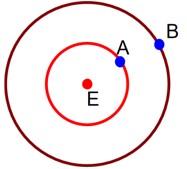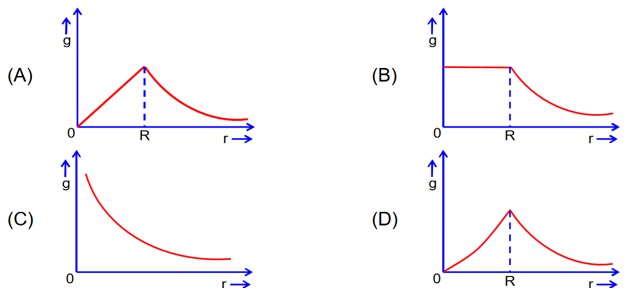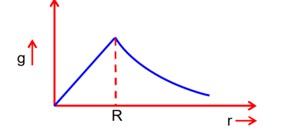Physics Gravitation
Get insights from 160 questions on Physics Gravitation, answered by students, alumni, and experts. You may also ask and answer any question you like about Physics Gravitation
Follow Ask QuestionQuestions
Discussions
Active Users
Followers
New answer posted
2 months agoContributor-Level 10
Inside a spherical shell gravitational field is zero, so net force acting on a particle placed inside it is also zero.
Total energy of a bound system is always negative.
New answer posted
2 months agoContributor-Level 10
Since the water removed from the pond will be equal to the water displacement by the (man + boat) system, the level of water in the pond remains the same.
New answer posted
2 months agoContributor-Level 10
Gravitational force does not depend on the surrounding medium.
New answer posted
2 months agoContributor-Level 10
At each point in the orbit, there is a variation in the kinetic and potential energy of the satellite. If one increases, the other one decreases. Similarly, if the other one increases, the first one decreases. But their amount of increment or decrement is such that the total sum i.e. mechanical energy of the satellite remains the same. This in turn allows free movement.
New answer posted
2 months agoContributor-Level 10
This is because the satellite doesn't have any other external third force acting upon it. Its original total energy comprises kinetic and potential energy, which remains constant since the gravity has zero influence over the satellite.
New answer posted
2 months agoContributor-Level 10
According to question, we can write
Increment in height of tower = h2 – h1 = 500 – 125 = 375 m
Taking an Exam? Selecting a College?
Get authentic answers from experts, students and alumni that you won't find anywhere else
Sign Up on ShikshaOn Shiksha, get access to
- 65k Colleges
- 1.2k Exams
- 679k Reviews
- 1800k Answers



